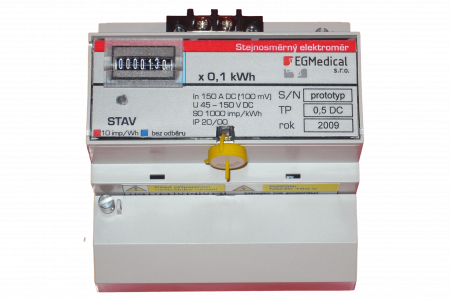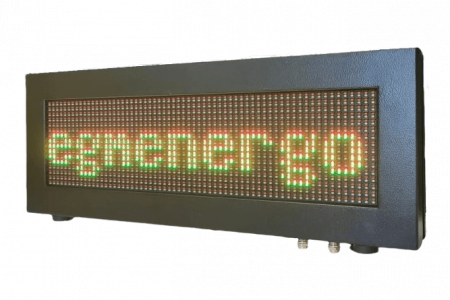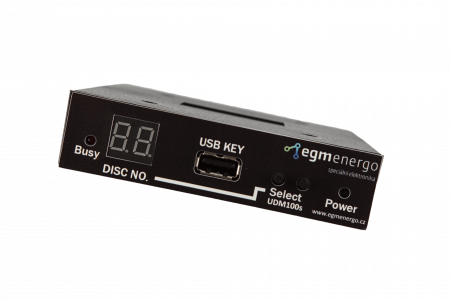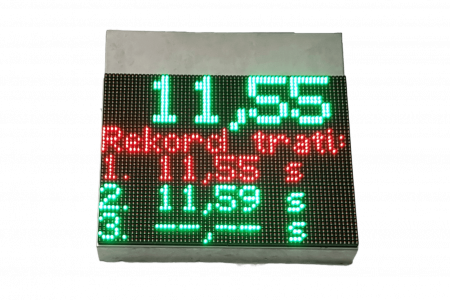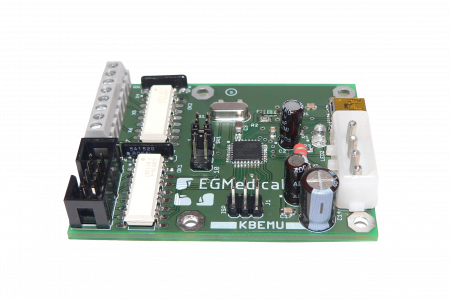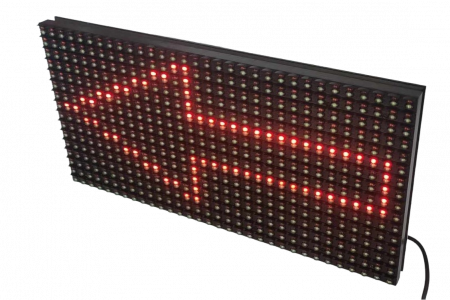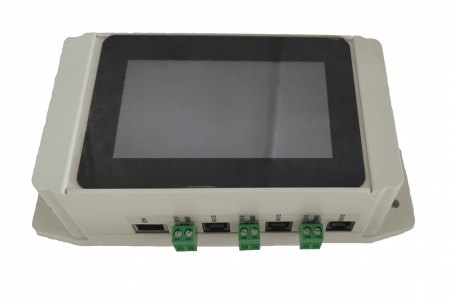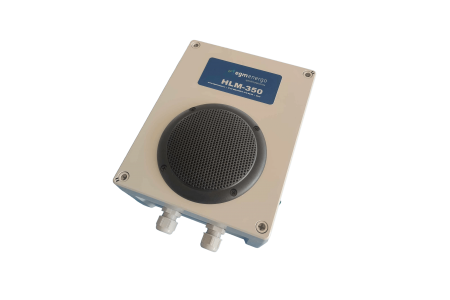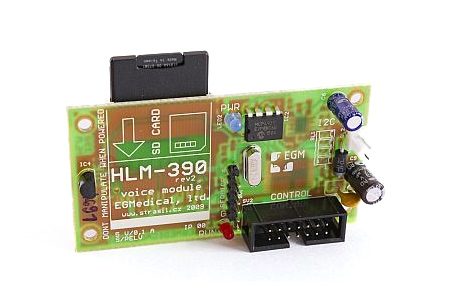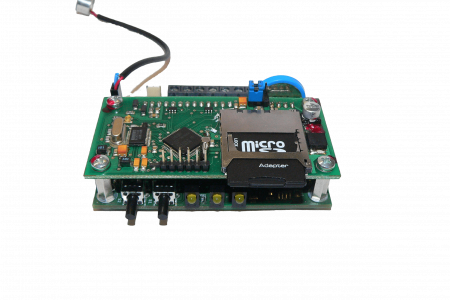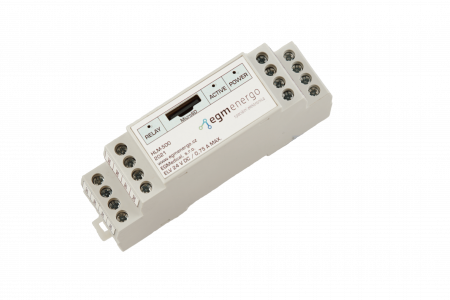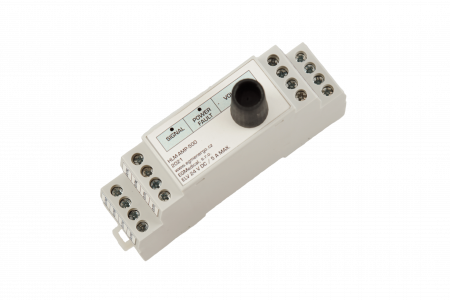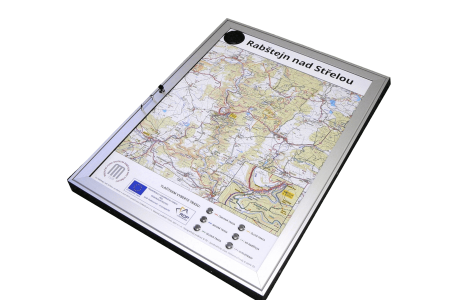The required voltage range is determined by the range of voltages occurring in the measured network. Especially for photovoltaic applications, the maximum system voltage without load must also be considered.
In some applications, the instrument is powered from the measured voltage in the same way as is customary for AC instruments. In addition to the advantage of saving a separate power supply, this solution has a significant disadvantage for some applications: there is a lower voltage limit in the system, determined by the characteristics of the meter’s power supply, and if the voltage drops below this limit, the measurement does not run. This problem is encountered, for example, when measuring the consumption of photovoltaic-powered heaters, when the voltage in the system drops under low light conditions, e.g. to 40 V from the nominal 300 V, but the panels still transmit measurable power and it is a shame not to read it with the meter. In this case, we then use instruments with a separate power supply, capable of measuring from zero input voltage.
The design of the instrument with a separate power supply has two variants: with direct voltage measurement, where the measured voltages are fed directly to the terminals of the instrument, and a variant with indirect voltage measurement, where an external isolation voltage converter is used for voltage measurement. The measuring range is then determined by the input range of this isolation transducer; we can supply an isolation transducer or any commercially available type can be used.
The connected (separate) power supply is of course galvanically isolated from the measuring and communication terminals of the instrument.
Voltage type code
(letter U in type
devices) | Voltage measurement range | Instrument power supply |
|---|
| A | 9 – 36 V | from the measured voltage |
| T | 18 – 75 V | from the measured voltage |
| V | 40 – 100 V (25 – 100 V by agreement) | from the measured voltage |
| F | 60 – 150 V | from the measured voltage |
| S | 125 – 360 V | from the measured voltage |
| 0 | 0 – 750 V directly | separate power supply (9 – 36 V) |
| 1 | 0 – 750 V directly | separate power supply (18 – 75 V) |
| 2 | 0 – 50 kV (indirect 0 – 5 V) | separate power supply (18 – 75 V) |
| 3 | 0 – 50 kV (indirect 0 – 10 V) | separate power supply (18 – 75 V) |


